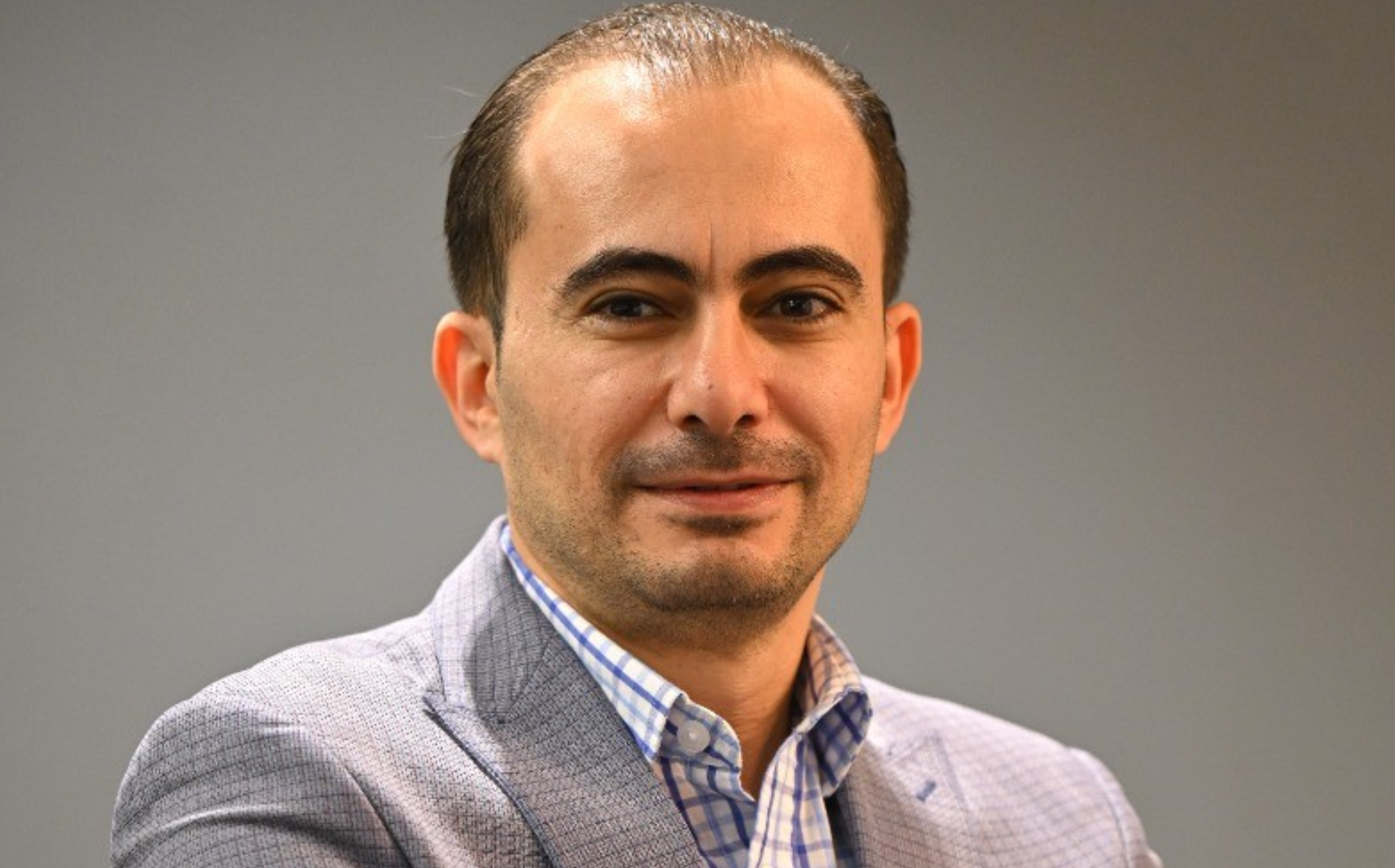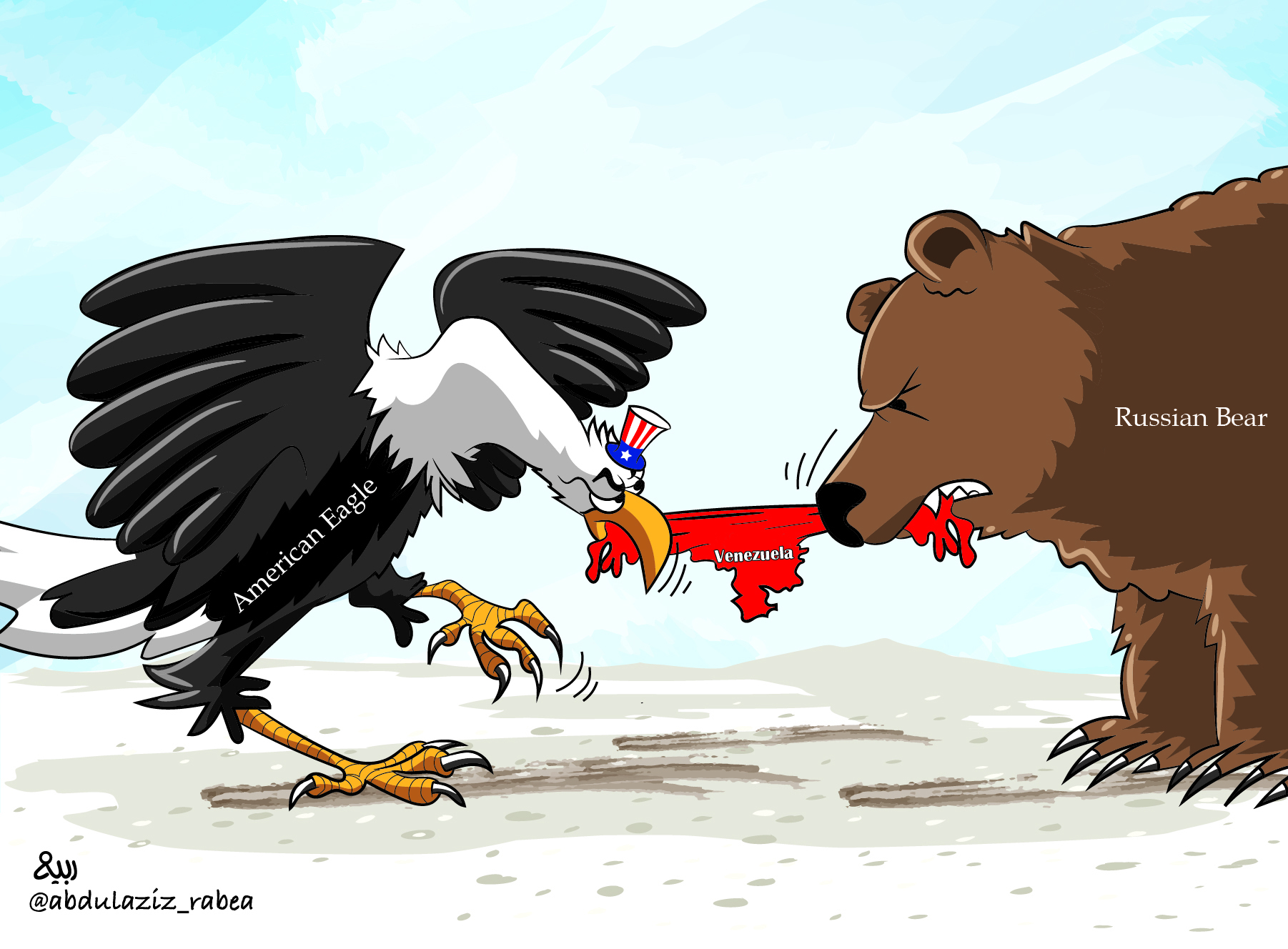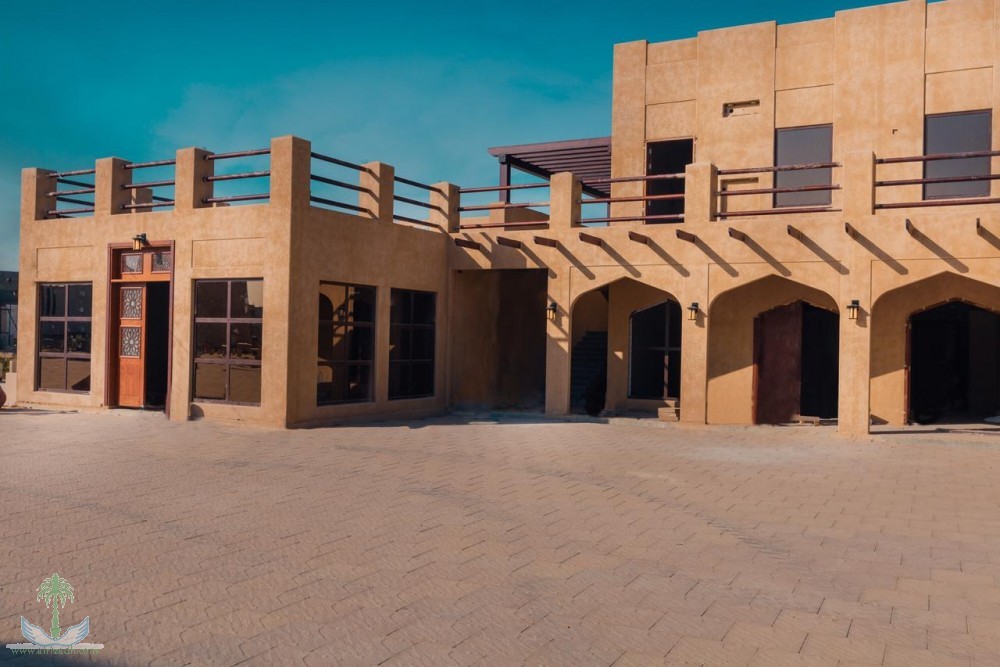
Leading with Courage: 19 Years of Lessons in Media Relations
Nineteen years ago, I stood in a crowded press room clutching a notepad, heart pounding. The CEO’s quote was scribbled in my handwriting, and I was praying it would reach the newsroom before the evening deadline. Back then, I thought media relations was about speed, accuracy, and knowing the right people. I didn’t yet realise it was also about empathy — about listening as much as speaking, about building trust one conversation at a time.
Over the years, I’ve learned that the headlines fade, but the relationships you build — with your team, your stakeholders, and the media — remain. Leadership in media relations is not about controlling every word; it’s about creating the conditions for stories to be told honestly, effectively, and with integrity.
Every media appearance, every statement, every silence — it all shapes how an organisation is seen. In today’s fast-shifting environment, media relations leadership has become not just a corporate function, but a vital driver of trust and reputation.
In the early years, I tried to do everything myself — reviewing every press release, editing every talking point, personally handling every reporter. I thought that was leadership. It wasn’t.
Real leadership is about empowering your team — from spokespeople to content creators — to handle the spotlight with confidence. Media engagement becomes far stronger when people feel their work matters, when they’re encouraged to be brave, and when they know they’re seen and supported. As Brené Brown, American research professor and bestselling author on courage, vulnerability, and leadership, reminds us, the needs to contribute, connect, learn, and feel supported are not abstract theory; they’re what keep a team steady when the news cycle turns rough. And it all comes back to one truth: “Who we are is how we lead.”
I quickly realised that this profession is not static. The media landscape is alive — evolving with technology, audience behaviour, and emerging trends. To lead here, you must adapt without losing your core. As Brené Brown says, “Leaders choose courage over comfort; choosing what is right over what is fun, fast, and easy.”
The Quiet Work of Trust
After nearly two decades of working with journalists from all over the world, I’ve learned that the best media relationships are forged in quiet times. Not when there’s breaking news or a scandal, but in those in-between months when you simply share a thought, offer a useful contact, or check in to see what they’re working on.
When a sensitive story breaks, that trust is the bridge. It’s the difference between a hostile call and a constructive conversation.
Dr. Ghazi Al-Gosaibi, one of the most eloquent leaders of his generation, put it simply:
“To lead is to serve. To serve is to speak with courage.”
That line has stayed with me because in media relations, courage often means being transparent when it’s hard, answering questions when you’d rather not, and trusting that honesty will outlast the headline.
One of the most valuable skills I’ve picked up is what Brené Brown calls a “rumble” — leaning into tough conversations without armour. I’ve had to rumble internally with finance, legal, ESG, and investor relations teams who wanted zero risk, and with executives who wanted only positive news. I’ve also had to rumble externally with journalists who misunderstood a story or only had part of the picture.
It’s never about winning the argument. It’s about staying curious, listening with genuine intent, and remembering that the goal is not to protect your ego — it’s to serve the work and the audience.
Cultural and Ethical Compass
In media relations, words travel faster than you can type them. A press release sent in one time zone can be debated online across the world before you’ve had your first coffee. That’s why cultural and ethical intelligence matter. Choosing the right words, understanding different perspectives, and holding to ethical standards are non-negotiables. They don’t just protect your organisation from mistakes — they build a reputation for fairness and responsibility that people remember.
The industry I entered nineteen years ago has transformed. We’ve gone from fax machines to AI-generated headlines, from carefully planned print exclusives to live social media threads.
I’ve embraced new platforms and new tools, but some things never change: trust, credibility, authenticity. The moment you trade those for speed or convenience, you’ve lost something you can’t easily get back.
Owning Your Story
Brené Brown writes: “Owning our story can be hard, but not nearly as difficult as spending our lives running from it.” In media relations, we don’t always get to write the first draft of the story — but we always get to decide how we respond.
That might mean saying, “We don’t know yet,” or “We got it wrong,” or “Here’s what we’re doing to fix it.” It’s not easy. But in my experience, that’s where credibility lives.
Looking Back, Looking Forward
Nineteen years in, I can say this: media relations leadership is about people first, press second. The campaigns, the coverage, the headlines — they matter. But the true legacy is the trust you build, the integrity you show, and the courage you bring into every conversation.
And when I think back to that first press room, with my shaking hands and my racing heart, I smile. Because I know now that courage isn’t the absence of fear — it’s speaking with honesty and leading with humanity, even when the stakes are high. Or as Dr. Ghazi Al-Gosaibi might remind us — it’s serving by speaking with courage.








